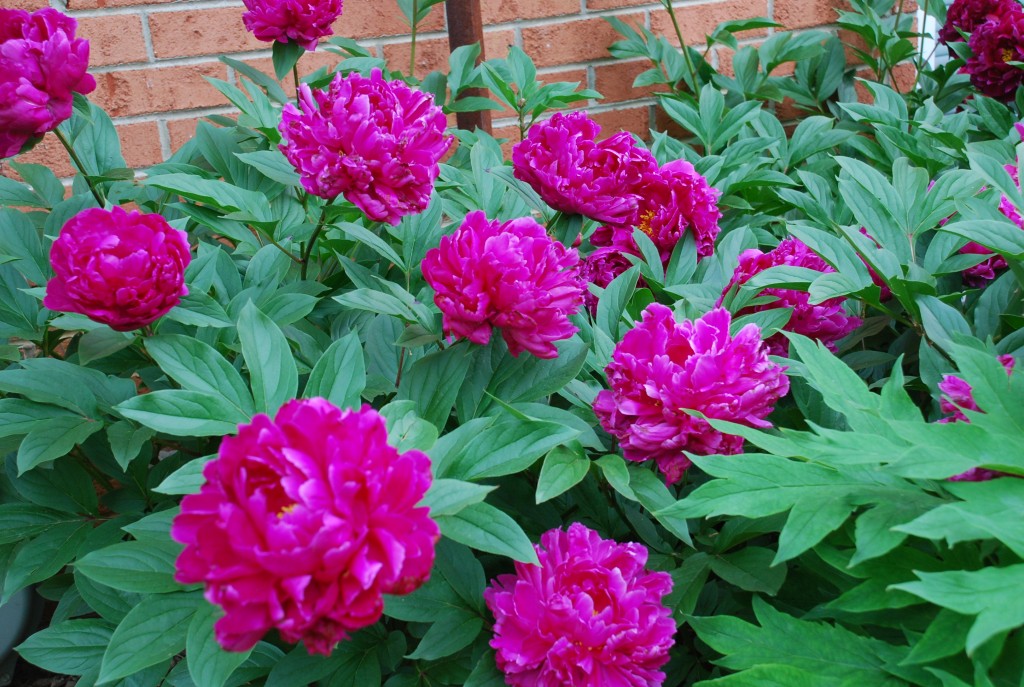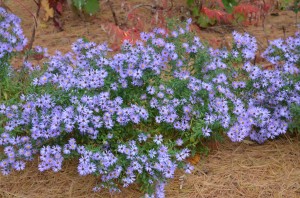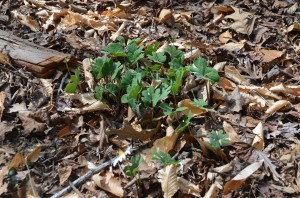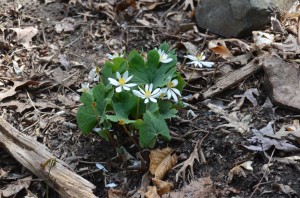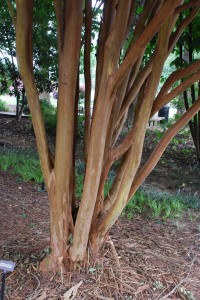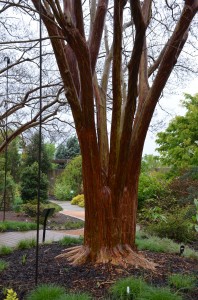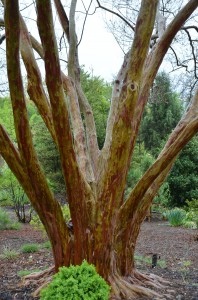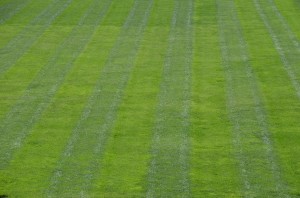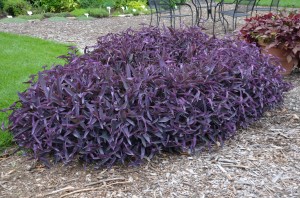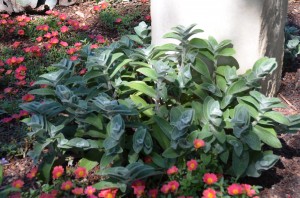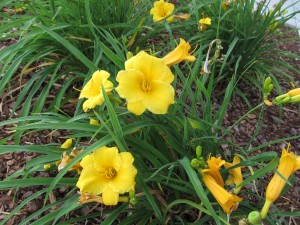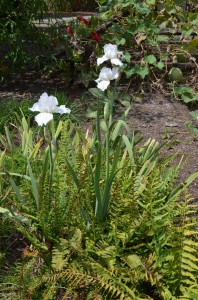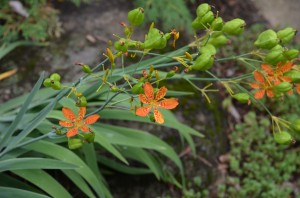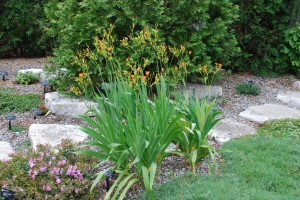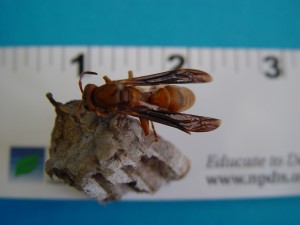Fall is the perfect time to plant peonies either from bare-root plants or from pre-potted plants at garden centers. Fall planted peonies will adapt to their new garden spot over the winter and usually will bloom in the spring.
There are three types of peonies: herbaceous, tree, and intersectional (hybrids of herbaceous and tree types). Only herbaceous peonies will be discussed here. Plants are extremely long-lived, often surviving 50 to 70 years. Peonies are easy to grow if you follow three simple rules: 1. good site selection; 2. good soil preparation; and 3. proper planting depth.
Herbaceous peonies prefer cool summer climates from USDA hardiness zones 3 to 8. They require a sunny well-drained garden spot with a slightly acidic soil pH (between 6.0 to 7.0). If you live in a hot humid region, such as in the Southeastern U.S., shelter plants from direct afternoon sunlight. Plant right up until the ground freezes in the fall. Take advantage of the warm ground by planting early. Spring-planted peonies have a tougher time recovering compare to those planted in the fall.
Purchase large 3-5 eye divisions. Often, garden centers sell unsold spring potted stock at big discounts. Dig a wide hole, carefully remove the plant from the pot, and set in the hole at the same depth as in the pot. Poor soil drainage is the one enemy of peonies. The crown and roots will rot and the plant slowly dies. Amend the planting hole with organic compost and/or well-rotted manure to improve drainage and nutrition.
The eyes (buds) should be set no more than 1-2 inches below the soil surface. Planting too deeply will frequently prevent the plant from flowering. Shallow planting puts the buds at risk of mechanical or winter damage.
Peonies require little additional maintenance. In late winter feed 10-10-10 or equivalent granular fertilizer or a slow release organic-based fertilizer. Mulching around plants conserves soil moisture and reduces weeding. Irrigate newly planted peonies over the dry growing months. They become very drought tolerant after two years.
In the fall cutback all herbaceous peony stems to the ground. Old peony foliage may harbor fungal and bacterial diseases. Dispose of all plant material and do not compost.

